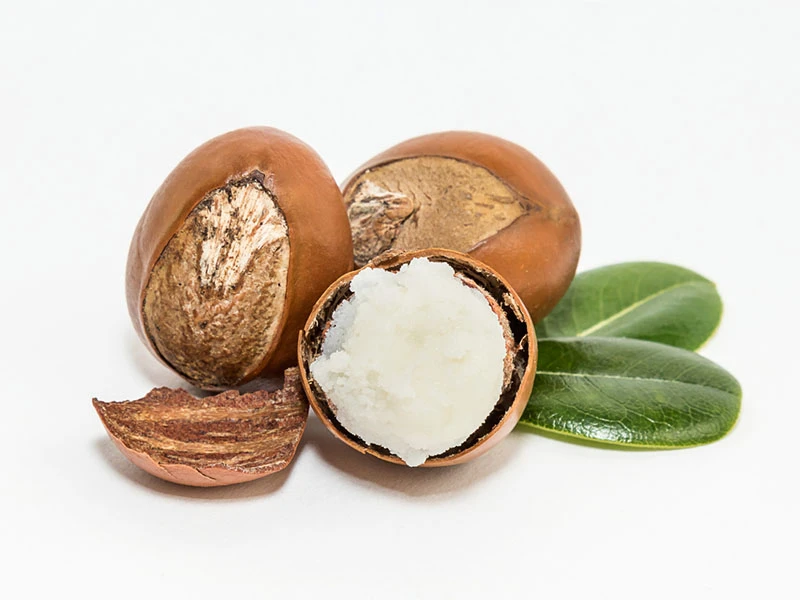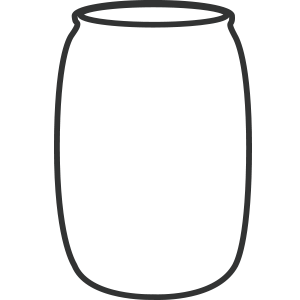
Shea Nut
Shea nut is the fruit of the shea tree (Vitellaria paradoxa), a species native to central and western Africa. It thrives in arid or semi-arid environments, flowering between December and March each year. Typically, each tree yields only 15 to 20 kilograms of shea nuts. The fruit is edible, while the kernels are used to produce shea butter, making the shea tree a woody oil-yielding plant with exceptionally high scientific and applied value. The Food and Agriculture Organization of the United Nations (FAO) estimates an annual harvest of approximately 550,000 tonnes of shea nuts.
Shea butter is further processed from shea nuts through pressing and other techniques. It appears white to pale yellow and exists as a soft waxy solid or semi-solid at room temperature, with a fresh shea nut aroma. Its texture is soft and it is easily absorbed, and its molecular structure closely resembles the lipid composition of human skin.
Classification:
Key words:
Anti-UV
Anti-aging
Nourishing
Moisturizing
Skin Health
Product Benefits
Supports cardiovascular health
Provides antioxidant and anti-aging benefits, scavenging free radicals and inhibiting reactive oxygen species
Protects neural development and function, and has anti-inflammatory and anti-cancer
Promotes skin health: moisturizing, repairing, UV protection, anti-aging
Product Options
Shea Butter (cold pressed & refined)
Organic Shea Butter (cold pressed & refined)

Technical Data
| INCI Name | BUTYROSPERMUM PARKII (SHEA) BUTTER |
| OSI Value | 5-10h (110℃) |
| Iodine value | 55-75 gI₂/100g |
| Unsaponifiable matter | 4.0-10.0% |
C16:0 Palmitic C18:0 Stearic C18:1 Oleic C18:2 Linoleic C18:3α-Linolenic C20:0 Arachidic C20:1 Ecosenoic | 3.0-6.0% 36.0-50.0% 40.0-50.0% 4.0-8.0% 0-0.5% 1.0-2.0% 0-1.0% |
Applications
Dietary supplement |
Capsules |
Gummies |
Preparations |
Bottled oils |
Cosmetics |
无内容(页面不显示)
Packaging
190kg Drum |
25kg Drum |
More products
Provide high-quality nutritional oils to global customers to empower health and life
Messages
Please fill in the form below. Our staff will contact you within 24 hours and address your issue as soon as possible.
info@sanmarkltd.com:
+86 400 777 8479:
导航下拉添加类名.active
右侧在线客服样式 1,2,3 2
图片alt标题设置: 晟麦实业
表单验证提示文本: 内容不能为空!
循环体没有内容时: 对不起,没有找到匹配的物品。
CSS / JS 文件放置地











